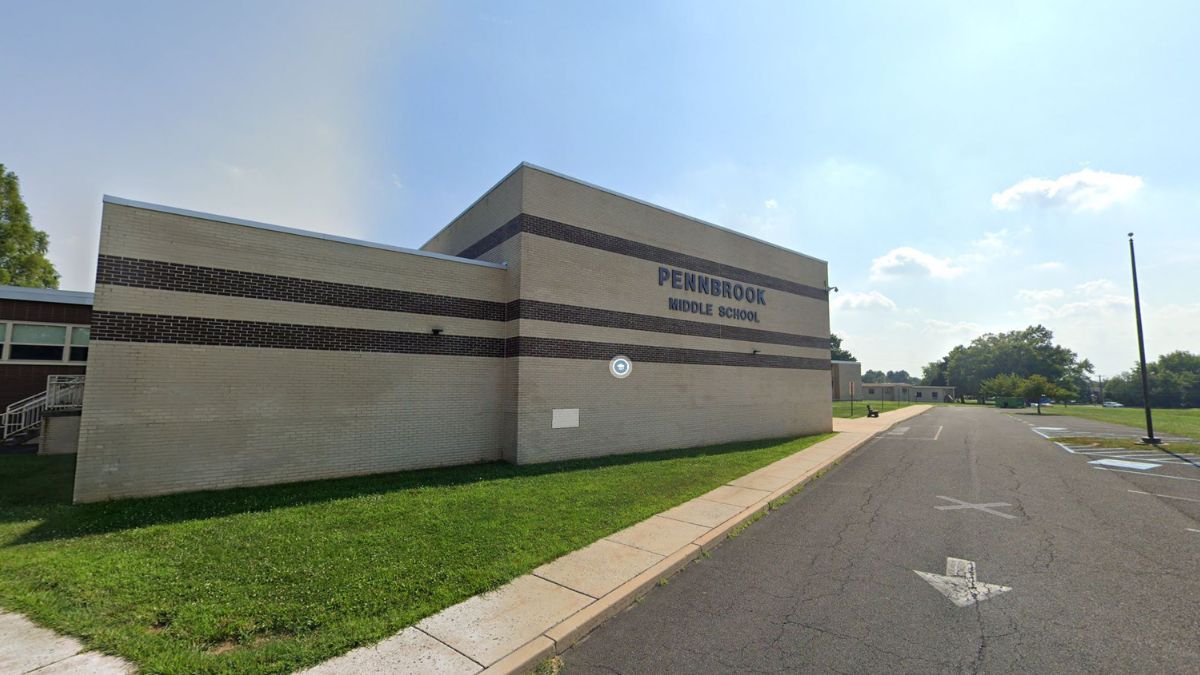The Historical Society of Pennsylvania holds more than 21 million documents and items. It was Rachel Moloshok's job to sort, sift and select just 50.
What was she looking for? No less than a history of how Americans have defined freedom and how they've fought for it.
After two years of effort, the fruits of her labor can be seen on a new interactive website that charts the evolution of what many Americans take for granted. It's a 350-year-old tale of struggle and conflict told through original documents both famous and obscure, from an early draft of the Articles of Confederation to a suffragette's letter home, from a signed copy of the Emancipation Proclamation to a 1970s speech arguing against the classification of homosexuality as a mental disorder.
The documents are a reminder that Americans' quest for freedom didn't end with the British surrender at Yorktown, or the ratification of the Constitution and Bill of Rights. Rather, it was just beginning, with succeeding generations claiming freedom for themselves and fighting for it, nurturing it and protecting it.
"The way I define this project is not necessarily tracing the history of American freedom, but essentially the history of how Americans have defined or have envisioned and struggled for freedom," said Moloshok, project director of the Preserving American Freedom initiative. "At some point, everybody who has struggled for their own freedom kind of turns around and says, 'Yeah, but we didn't mean you.' It's this great, very complicated history of struggle."
Long after the nation's founding generation had passed into history, abolitionists demanded freedom for millions of slaves. Women fought for the right to vote. Labor activists agitated for better pay and working conditions. And Americans of all stripes battled tyranny abroad.
It's all there on the historical society's Preserving American Freedom website. The documents, the earliest of which is a 1655 appeal on behalf of Jewish refugees to the Dutch West India Co., have been preserved, digitized, interpreted and annotated. They're accompanied by links to related materials, essays by leading scholars and historians, and unit and lesson plans for K-12 teachers.
Local
Breaking news and the stories that matter to your neighborhood.
Conservators gave each document a going-over, and some required extensive repairs, including an early 1776 draft of the Articles of Confederation — American's first constitution — in the hand of Founding Father John Dickinson.
A number of documents use the language of the Declaration of Independence to point out where America fell short of its lofty ideals.
On July 4, 1859, a few months before leading the doomed raid on Harpers Ferry, W.Va., radical abolitionist John Brown dictated a "Declaration of Liberty by the Representatives of the Slave Population" that denounced "this foul system of oppression."
Decades later, hunger-striking suffragette Dora Kelly Lewis wrote to her mother on Independence Day 1917, just before her arrest outside the White House.
"We are going out presently carrying our banner — Policemen and policewomen & plain clothes men on the sidewalks thick as blackberries. There is no law against what we are doing, remember that," she wrote. "I'm expecting to enjoy that jelly in jail."
Preserving American Freedom was funded by Charlotte, N.C.-based Bank of America Corp.



